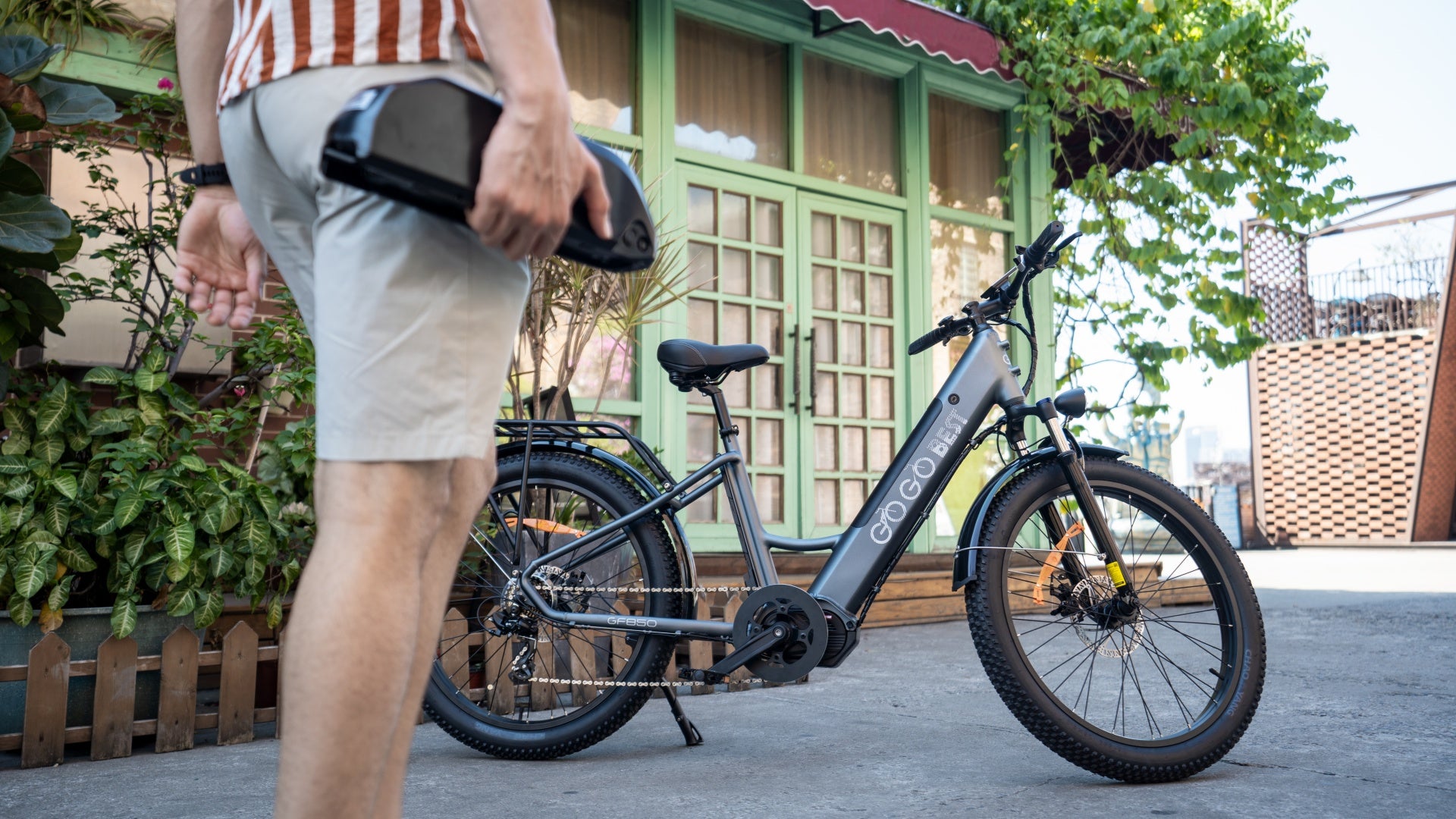Adjusting a Shimano derailleur may seem intimidating at first, but with a few simple steps, you'll be able to fine-tune it for smooth shifting. Here's a guide to help you adjust a Shimano derailleur:
Set the limit screws: Locate the two limit screws on your derailleur. The H-limit screw adjusts the movement of the derailleur towards the larger cogs, while the L-limit screw controls movement towards the smaller cogs. Start with the chain on the smallest chainring and smallest rear cog.

a. Using a screwdriver, turn the H-limit screw clockwise until the upper jockey wheel is aligned with the smallest rear cog. Avoid overtightening it.
b. Shift the chain to the largest chainring and the largest rear cog. Adjust the L-limit screw by turning it clockwise until the lower jockey wheel is aligned with the largest rear cog. Again, avoid overtightening.
Check cable tension: Shift the chain to the smallest chainring and the second smallest rear cog. Ensure that the shifter is in the highest gear (smallest number). Locate the barrel adjuster on the rear derailleur or the shifter body.

a. If the chain struggles to move up to the larger cogs, you'll need to increase cable tension. Turn the barrel adjuster counterclockwise in half-turn increments until the shifting improves.
b. If the chain overshoots and struggles to move down to smaller cogs, decrease cable tension by turning the barrel adjuster clockwise in half-turn increments.
Fine-tune shifting: Once the cable tension is adjusted, go through the gears to check for smooth shifting. Shift up and down, paying attention to any hesitation or chain skipping. If necessary, fine-tune the adjustment using the barrel adjuster.

a. If shifting up to larger cogs is hesitant, turn the barrel adjuster counterclockwise to increase tension slightly.
b. If shifting down to smaller cogs is hesitant, turn the barrel adjuster clockwise to decrease tension slightly.
c. Make small adjustments, test the shifting, and repeat until the shifting feels smooth and precise across all gears.
Check for chain rub: While pedaling in different gear combinations, observe if the chain rubs against the front derailleur cage. If there's noticeable rub, you can make small adjustments to the front derailleur position using the limit screws or the cable tension.

Final checks: After completing the adjustments, go through all the gears again to ensure smooth shifting and proper chain alignment. Take note of any persistent issues or unusual noises, as they might require further inspection or maintenance.



